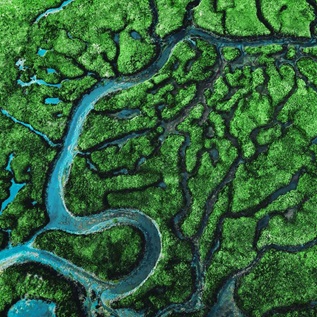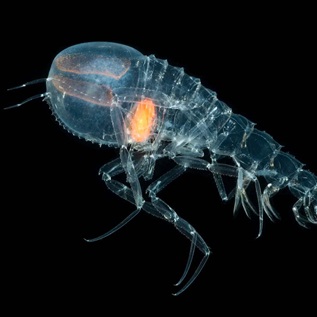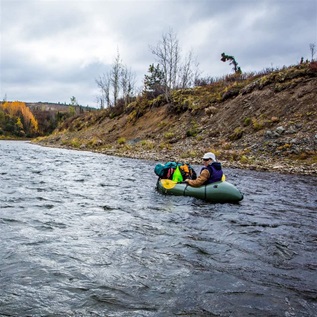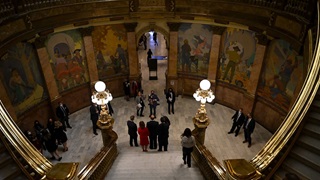Revised Guidelines for Wildlife Refuge Management Should Account for Climate Projections
U.S. Fish and Wildlife Service should ensure that updates foster conservation, enhance connectivity
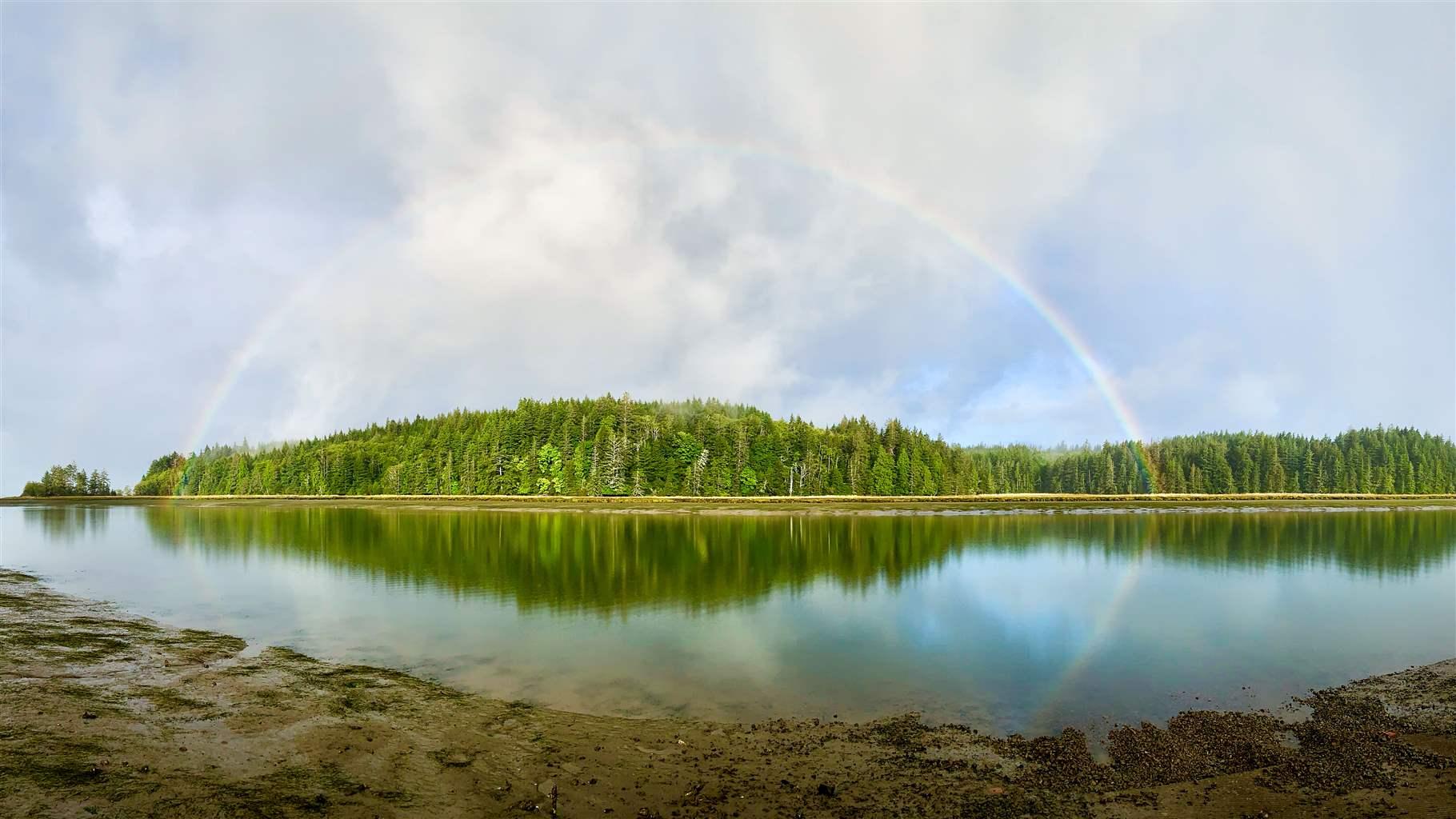
On March 1, 2024, The Pew Charitable Trusts submitted comments to the U.S. Fish and Wildlife Service in support of proposed rule and policy updates that would modernize the service’s approach to ensuring biological integrity, diversity, and environmental health in the National Wildlife Refuge System by taking climate change into account as part of planning and management.
In addition to supporting forward-looking planning to address the changing climate, Pew’s comments recommended that the service pay special attention to conserving—and removing barriers to—areas important for connectivity, such as vital wildlife and fish migration corridors. The comments also endorsed bolstering engagement with Tribal Nations and Indigenous communities in accordance with recent guidance from the Biden administration and recommended enhanced measures to reduce and prevent greenhouse gas emissions and boost carbon sequestration, such as through restoring peatlands.
The National Wildlife Refuge System, an unparalleled network of public lands and waters, consists of more than 570 refuges throughout the country, from the Florida Keys to the Alaskan Arctic to the Hawaiian Islands. The refuges are home to a stunning array of wildlife and plant species, contribute $3.2 billion to local economies, and support more than 41,000 jobs each year. Unfortunately, the refuges are at risk not only from historical threats—including dams and ditches that fragment aquatic habitats—but also from emerging hazards, such as prolonged drought and catastrophic wildfires due to a changing climate. The proposed updates provide a framework for individual refuges to adopt the goals and practices necessary to address these challenges.


